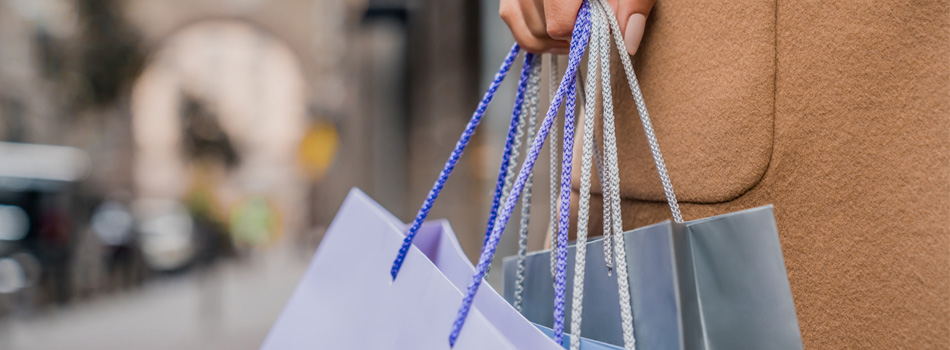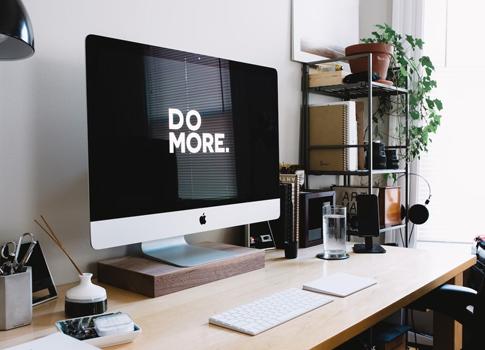Buying habits aren’t formed overnight, but they can be created through systematic application of cues, rewards and repeat behaviour.
Our lives are filled with so many choices, from the trivial to the profound, that we tend not to weigh them all up in a considered manner. That’s not irrational. If people agonised over every decision, we would never leave the house.
Instead, for many trivial questions, like what to buy, we often rely on habits – that is, we simply repeat what we did last time when faced with a similar situation.
Quantifying the importance of habits
The importance of habits is not speculation, as shown by an experiment conducted by Wendy Wood, a psychologist at the University of Southern California. In 2002 she recruited 209 participants and, every hour, prompted them with an alarm to write down what they were doing, where they were and what they were thinking about.
If someone was repeating the same action in the same place while thinking about something else, Wood characterised that behaviour as habitual. By that criteria, 43% of behaviour was habitual.
How to form habits
Since habits account for such a large proportion of customer behaviour, it’s worth marketers harnessing the latest thinking on how to successfully create them.
Leading psychologists like BJ Fogg, Nir Eyal and Wood have all created their own specific models. However, most psychologists agree that habit formation requires three basic elements: a cue or trigger, a reward and lots of repetition.
Let’s run through each of these points in turn.
The cue
Motivation alone is insufficient to create habitual behaviour. Habits normally need a cue: that is a time, place or mood that triggers the behaviour.
In 2002 Sarah Milne, a psychologist at the University of Bath, demonstrated the importance of triggers. Milne recruited 248 participants and randomly split them into three groups. The control group were told to record their exercise levels over the next two weeks. In this scenario, 35% exercised for 20 minutes at least once a week.
The second group were also asked to record their exercise levels but, in addition, they read a motivational leaflet about the benefits of exercise. Two weeks later they met again with Milne. Even though the leaflet had boosted their intention to exercise it barely changed their behaviour. A mere 38% exercised at least once a week.
The third and final group were treated like the second group but additionally Milne asked them to state when and where they would exercise. Milne termed this an implementation-intention; in effect a trigger to remind them to exercise.
The motivation levels of this group were no different to the second group, but their behaviour was: 91% exercised at least once a week. The trigger gave the nebulous desire something to coalesce around.
If you want to create habitual purchasing behaviour, don’t just focus on motivation. That’s not enough. You also need to create a cue that will prompt that behaviour.
If you want a practical example, think of Pepsodent. When Claude Hopkins, the creative genius behind its ads, tried to encourage dental hygiene in the US at the beginning of the 20th century, he didn’t vaguely suggest tooth-brushing twice a day. Instead, the ads recommended brushing teeth after breakfast and before going to bed. A cue was at the heart of what was arguably the most successful public health campaign of the past 100 years.
The role of cues is still apparent today. For a recent campaign, Carabao focused its digital outdoor activity onto relevant rail stations in the early mornings. This created a trigger moment for one of its core audiences: manual labourers in need of an energy fix.
The reward
The next step is to create a reward. Of the three steps in the habit loop, this is probably the broadest. So, let’s focus on a particularly relevant area – the power of uncertain rewards.
The evidence for this comes from a 2014 experiment led by Luxi Shen. She recruited 87 participants and set them a challenge. Some participants were incentivised with a $2 reward (the certain condition), while others were offered a 50:50 chance of winning either $1 or $2 (the uncertain condition).
She found that when the reward was unpredictable, 70% of participants completed the task, compared to a mere 43% in the certain scenario.
Even though the expected utility of the uncertain condition was lower, it was more motivating. The excitement of the uncertainty had a value beyond the monetary stake.
So, if you’re trying to shape your customers’ behaviour, harness uncertainty. If you have a loyalty scheme, stop offering every customer the same incentive each time they visit. Instead add a dose of randomness.
This is Pret’s approach to boosting coffee sales. Unlike its competitors, it doesn’t require its drinkers to collect reams of stamps in return for a free coffee. Instead, it empowers its staff to randomly reward customers with a free drink every so often.
The routine
Habits aren’t formed overnight. For a behaviour to become embedded you need to repeat it.
A commonly quoted figure is that it takes 21 days to form a habit. But there’s little meaningful evidence for this.
More robust data comes from Philippa Lally at UCL. In 2009, she recruited 82 participants and asked them to start a new habit. These were simple behaviours, such as drinking a glass of water with lunch or doing a press-up after brushing their teeth.
On average it took 66 days until those behaviours were completed unthinkingly, which was Lally’s definition of a habit. But that single figure masked sizeable variation – 95% of people formed a habit in somewhere between 18 and 254 days.
If you’re trying to reshape behaviour don’t rely on a short burst of activity. You need more sustained interventions.
Three steps
Behavioural science provides evidence-based advice for marketers and nowhere is this truer than in the creation of habits. If you want to successfully start customer habits then remember the three key ingredients – a cue, a variable reward and lots of repetition.
This article was written by Richard Shotton and Will Hanmer-Lloyd and was originally published in Marketing Week.






